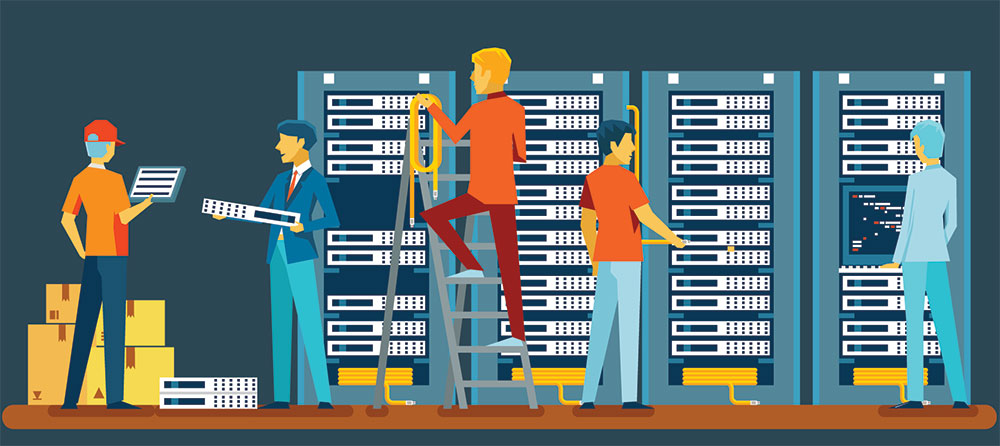Multi-tenancy is an architecture where a single instance of a software application runs on a server and services multiple customers – often referred to as tenants. We talk to Dennis Naidoo, senior systems engineer, Middle East, Africa and Turkey, at Tintri Inc, a leading provider of enterprise cloud platforms, about how cloud based multi tenancy platforms work.
“Multi-tenancy enables separation between tenants running applications in a shared environment,” said Dennis Naidoo.
“In a multi-tenant deployment, the resources controlled by one tenant are physically or logically separated and secured from other tenants. In addition to tenant isolation, per-tenant reporting and quota management are often important. Multi-tenancy is a key requirement for IaaS, PaaS, and SaaS offerings across public cloud, on premises and hosted private cloud environments.”
He stresses that multi-tenancy is a must for the cloud, with two clear reasons:
- Agility and scale: In a shared multi-tenant environment, rolling out new capabilities can be done once for the entire infrastructure for all customers. Contrast this with dedicated hardware per customer, where a change has to be orchestrated across all of the customer environments at large scale.
- Cost efficiency: To optimise for costs, cloud service providers (CSPs) and large enterprises need to maximise their infrastructure utilisation. Multi-tenancy enables them to share infrastructure across multiple tenants, leading to significant savings compared to dedicated hardware for each end customer.
Naidoo adds that the three primary requirements in a cloud environment are self-service, differentiated services, automation, chargeback and reporting.
“In a cloud environment, tenants own and control their applications. Self-service gives tenants the control they need, enabling agility and flexibility. When it comes to differentiated services, CSPs cannot thrive on just providing basic infrastructure. They need to add value and create differentiated services to set themselves apart from competition. Automation,” Naidoo continues, “is a key requirement to enable agile processes for deploying cloud applications as well as for monitoring, chargeback and reporting.”
HMulti-tenancy is an architecture where a single instance of a software application runs on a server and services multiple customers – often referred to as tenants. We talk to Dennis Naidoo, senior systems engineer, Middle East, Africa and Turkey, at Tintri Inc, a leading provider of enterprise cloud platforms, about how cloud based multi tenancy platforms work. e points out that a multi-tenant environment creates significant requirements for a storage system. “These requirements are often cumbersome to design and implement with legacy storage. The Tintri enterprise cloud platforms remove the complexity by aligning itself with what matters most – the tenant application,” he says.
Multi-tenancy at the management layer
In most cases, CSPs deploy multi-tenant services such as IaaS and DaaS by leveraging management solutions. For example, a CSP may deploy IaaS using VMware vCloud Director or OpenStack; VMware Horizon is commonly used for DaaS.
“While these management packages provide the framework and tools for multi-tenant environments, Tintri surfaces specific tenant VM information to facilitate reporting and chargeback. Tintri also enables per-VM policy configuration through the Tintri REST APIs and Powershell toolkit,” says Naidoo.
In some private cloud deployments, tenants are given access to the infrastructure.
“Dedicated infrastructure per tenant is not cost efficient, so CSPs deploy private clouds on shared infrastructure and use multi-tenancy to isolate tenants,” says Naidoo.
“Tintri supports hosted private cloud environments through: secure tenant separation, data encryption, service assurance and per-VM analytics that can be used for billing, chargeback and customisation.”
Click below to share this article

